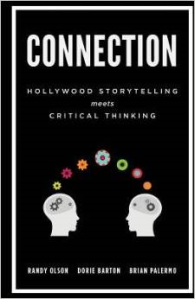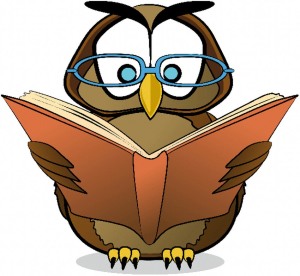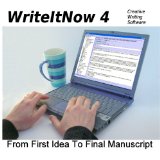It’s been a long time since I’ve made a blog entry. It’s not because I’ve lost interest or just got lazy, it’s because I’ve been involved in an intensive learning and writing cycle. I couldn’t fit one more thing in. Until now.
Three months ago, I had written twenty thousand-plus words, and found myself straying mostly into dead end chapters. This happened even though I knew what I wanted to accomplish and thought I had built a pretty thorough outline. I even had three distinct “acts,” and had worked diligently to develop believable, likable – even lovable – characters. And yet I floundered.
My precious book had become “confusing, ambling, and not at all compelling.” It was flat and non- engaging. Even knowing that first drafts suck didn’t help. I had fallen down the rabbit hole.
Determined to get to the bottom of my writing problems, I used problem solving skills honed over many years. Applying critical thinking basics, I searched for what I was missing. With that I realized how poor my storytelling skills are. I tend to ramble and digress, and even telling jokes, never get the punch lines right.
So began my quest for basic material on storytelling. I didn’t find much in the fiction writing category, so I cast my net further out. When I saw this one, I was hooked.

I love this book! I’d recommend it if anyone needs help with basic storytelling skills.
The authors have compiled material they use in workshops given mostly to scientists, bureaucrats and business people. It is a basic, practical guide for communicating ideas through story. The three person team consists of scientist-turned screen writer Randy Olson, actress-screen writer Dorie Barton, and improv comedian Brian Palermo.
It focuses on the elements and structure of story, how to connect and make your audience care about and become engaged in your story. And it is fascinating reading. The information and tools are practical and instantly usable. This was my Rosetta stone, the missing link in my understanding of fiction writing .
I scrapped my first effort, all nine chapters. And it hurt less than I thought it would.
Armed with an understanding of what makes a story, I put more work into building the main ideas I wanted to get across in each chapter, before I started any writing. I used the same basic ideas, but reorganized them into a story. The first draft is now approaching thirty-five thousand words, and my writing is now more specific.
It’s still a suck-y first draft, but I am confident I can polish it into something worthwhile, and I am no longer lost. My story is unfolding, and daily writing has become a joy instead of a scary burden.
During my blog absence, I have read another half dozen writing books, and three novels. With a basic plan and structure, I’m able to jump back into any part of my story and make adjustments as I continue learning about story structure, character development, dialogue, pinch points, and more — all without having everything come crumbling down. That shows me the foundational work I did was worth the effort and time invested.
I’ll be sharing some lessons I’ve learned from my recent studies, and here is the first post-break lesson learned:
10. Make sure you’re telling a story, not just knitting words and scenes together. Storytelling is what makes a connection with your readers. Imagination, a clever turn of phrase and thought provoking ideas can make for interesting prose, but don’t skip over checking to see if you have actually told a story. Doing this will help, particularly if critiques have mentioned (in similar remarks) your work is “confusing, ambling, and not at all compelling.”
To see all the lessons to date, click here: Go to Lessons I’m Learning….








 Write It Now provided the most flexibility. I like to “co-opt” databases– that doesn’t mean tampering with any of the program itself — I simply like to use fields for what I want, not necessarily what the original intent of the program design intended. I played with my new program for a few weeks, and fine tuned a system that works well for me.
Write It Now provided the most flexibility. I like to “co-opt” databases– that doesn’t mean tampering with any of the program itself — I simply like to use fields for what I want, not necessarily what the original intent of the program design intended. I played with my new program for a few weeks, and fine tuned a system that works well for me.
